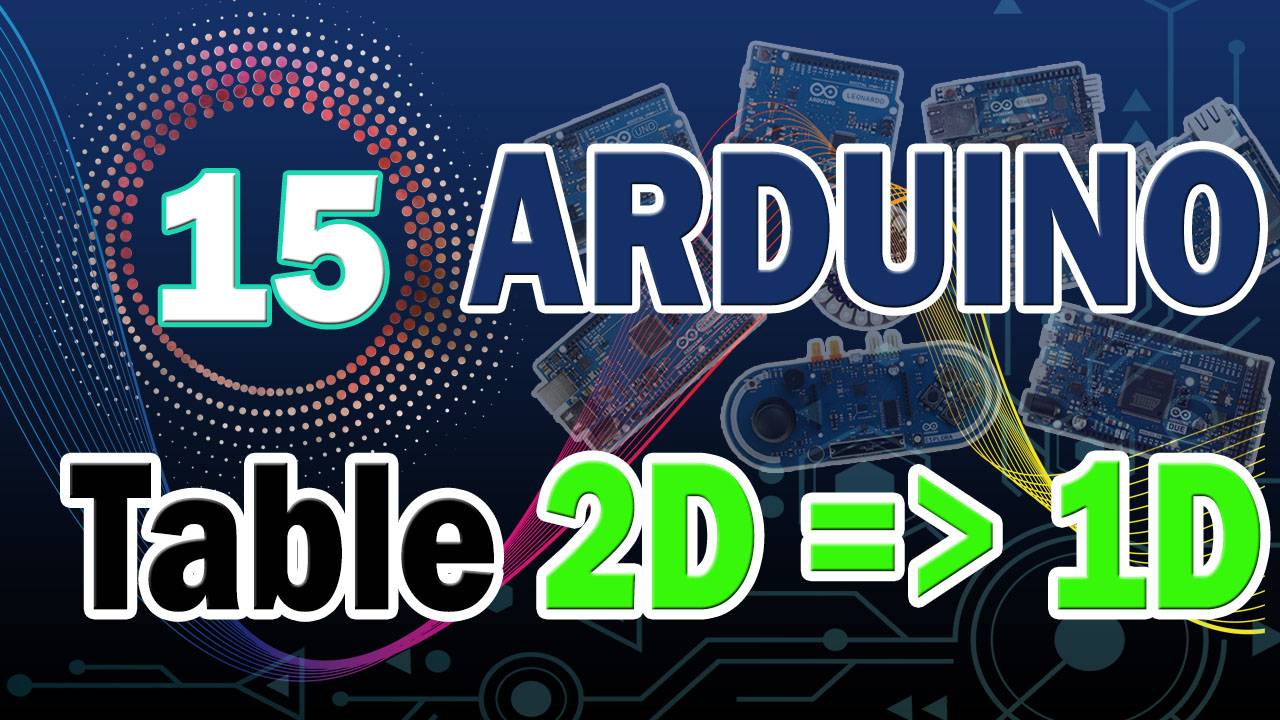Objectifs
- Importance
- Savoir manipuler les tableaux
- Savoir transformer un tableau 2D en 1D
Exemple
#define m 5 // Lignes (2D)
#define n 200 // Colonnes (2D)
#define MN m*n // Taille (1D)
int Tab2D[m][n];
int Tab1D[MN];
void setup() {
// Init port série
Serial.begin (9600);
// Init tab 2
for (int i=0; i<m; i++)
for (int j=0; j<n; j++)
Tab2D[i][j]=i*n+j;
// 2D => 1D
for (int i=0; i<m; i++)
for (int j=0; j<n; j++)
Tab1D[i*n+j]=Tab2D[i][j];
}
void loop() {
// Affichage 2D
for (int i=0; i<m; i++)
{
for (int j=0; j<n; j++)
{
Serial.print(Tab2D[i][j]);
Serial.print(" ");
delay(10);
}
Serial.print("\n");
}
Serial.print("\n \n");
// Affichage 1D
for (int i=0;i<MN;i++)
{
Serial.print(Tab1D[i]);
Serial.print(" ");
delay(10);
}
Serial.print("\n \n");
delay(20000);
}

